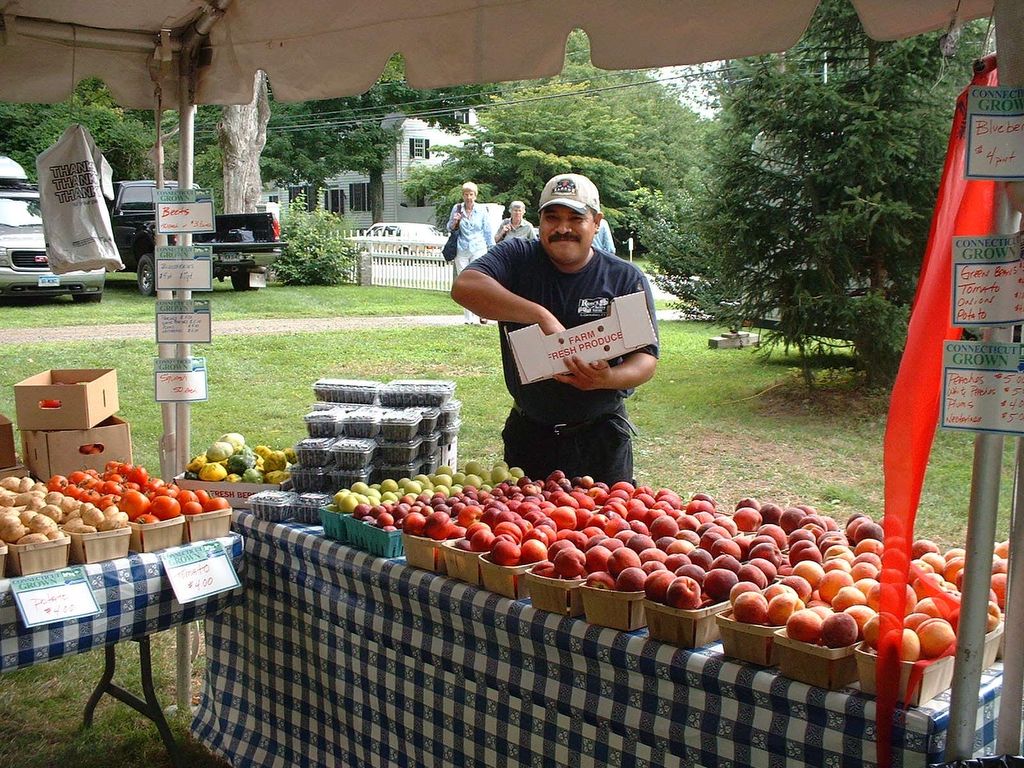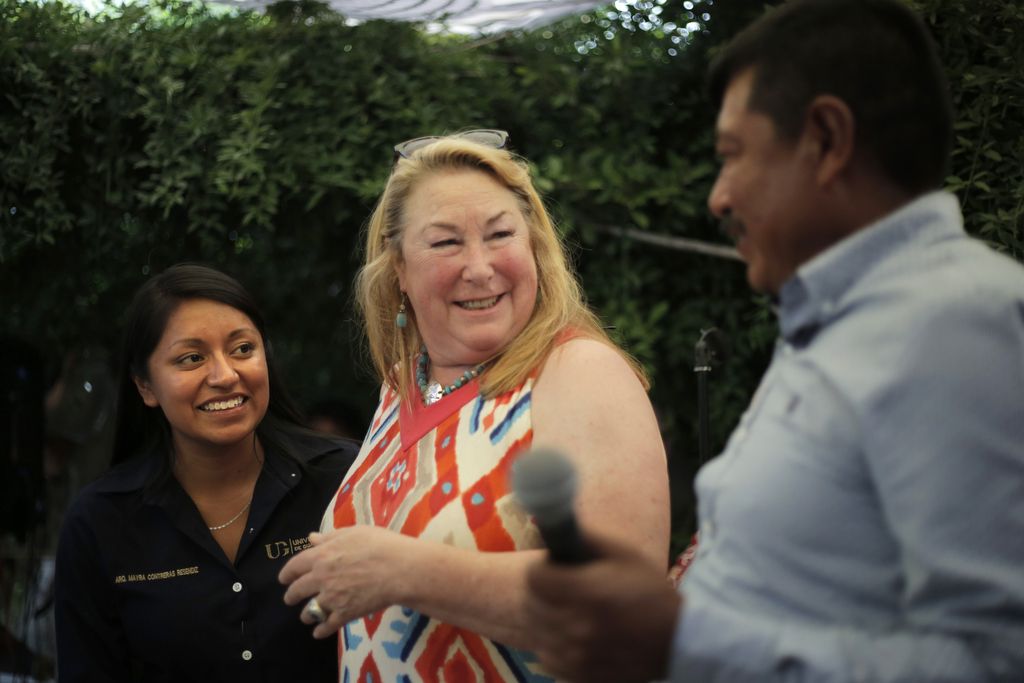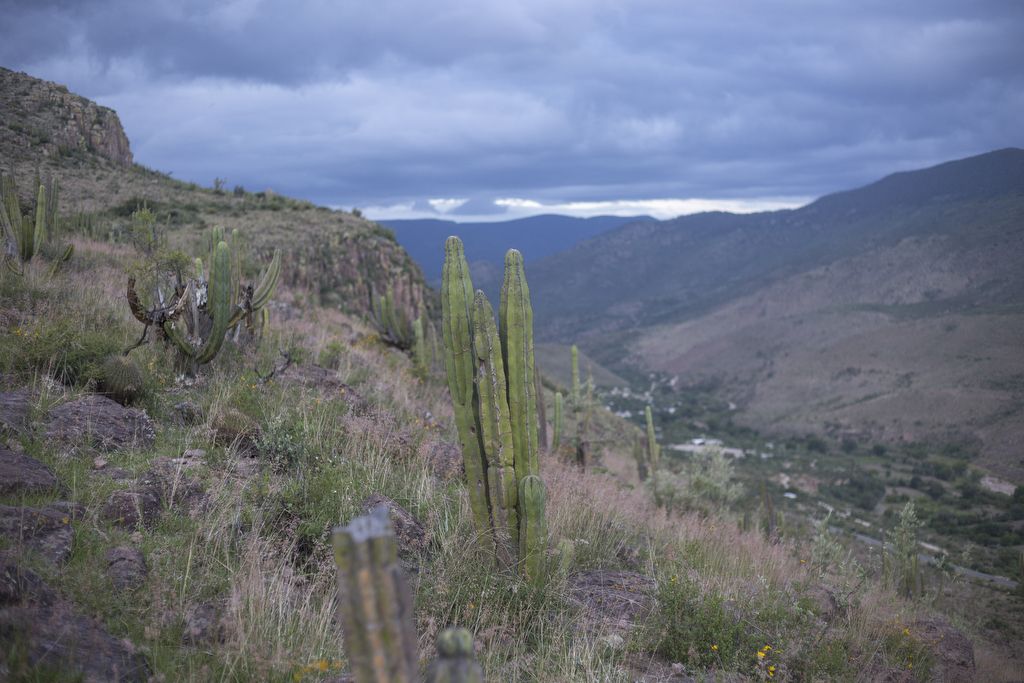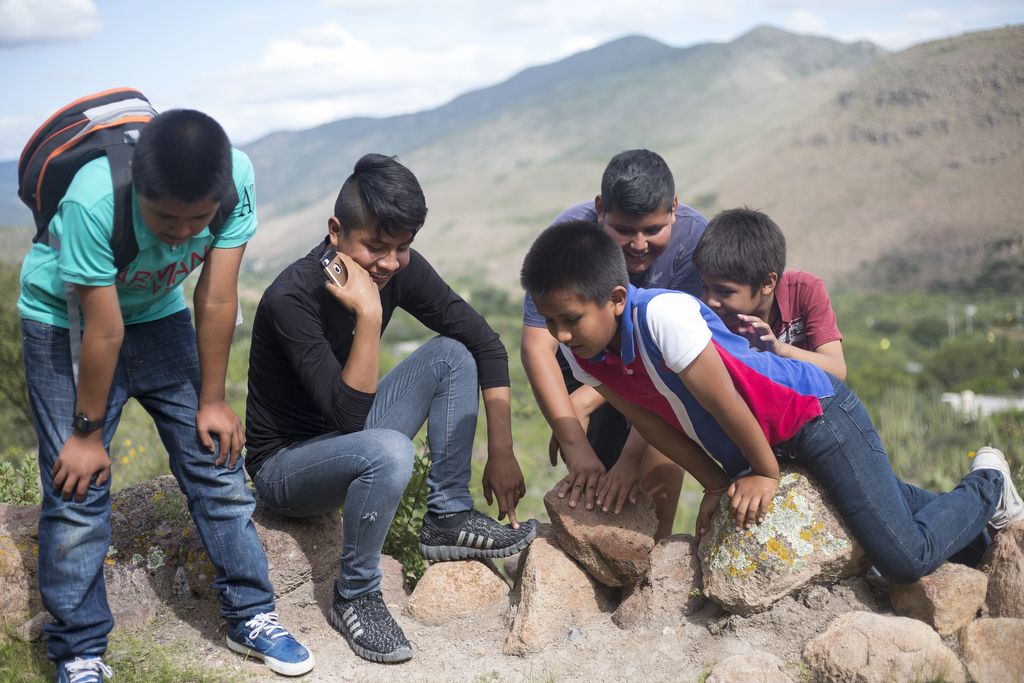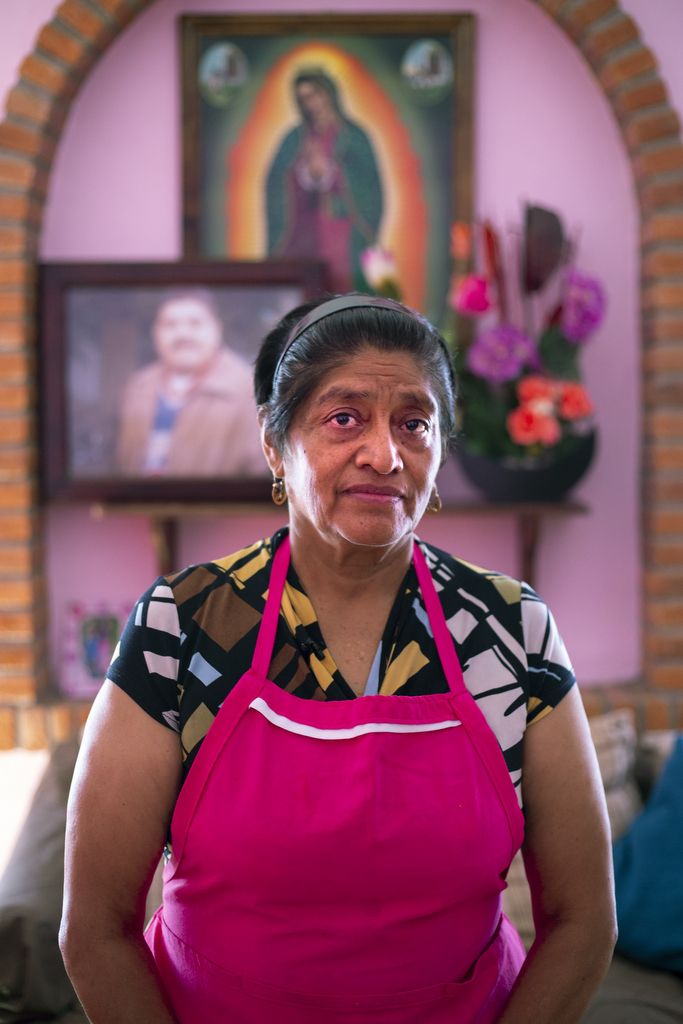It was the spring of 2010 and Carlos Gudiño was about to make the journey from his small mountain town in Guanajuato, Mexico. He was in his late 20s, built like a football player with a thick mustache covering the top of his lip. He had a wide, toothy smile, jovial personality, and a tenderness toward plants and animals.
His mother begged him, “Please don’t go.” Like other moms in the area, she dreaded whenever her son journeyed across the border to the U.S. This would be his fourth time crossing the border. He was adamant to go to the U.S. so that he could make enough money to pay for his daughter’s quinceañera and finish building a house in Mexico.
Gudiño took after his mother as an exceptional cook. If there was cooking going on among the community of migrant farm workers at the Connecticut farm, most likely Carlos was doing it. He sent back much of his earnings from his job in the U.S. to support his wife and daughter, and also to support his mother Maricela Gudiño Hernandez—the restaurant she had started in a small room had become the nicest restaurant in town.
Gudiño is seen in a photograph near his mother’s Mexican restaurant with his employer from the United States, farmer Sandi Rose, who had visited him in Mexico that early spring. He wore a New York Yankees shirt and she was leaning her head on his shoulder.
A couple months after this picture was taken, Gudiño left his family and piled into a truck with a handful of other men, bound for the farm in the United States.
Once they reached the border, 11 hours later, they paid a coyote—one of the expensive and often unreliable human smugglers upon which they relied—who would presumably get them across the Rio Grande and to their destination safely. When they crossed the river, they would hike for hours across the sweltering desert, sandy hills and vast ranches. It was around here that Gudiño was separated from his group.
Gudiño was missing for five months. During that time his mother struggled to eat and sleep. She prayed he’d show up at the farm or, better yet, at home in Mexico.
Gudiño never made it to work that spring. Near Laredo, Texas, in May 2010, the high temperature ranged from 90 to 100 degrees in the middle of the day, and, at night, from 79 to 82 degrees.
“People aren’t designed to be out there in that weather for any period of time,” said Rod Kise, press officer for the Texas U.S. Customs and Border Patrol.
While it's impossible to land on an accurate number, it's estimated that roughly 120,000 migrants have disappeared by the border since 2006. The forensic institute of Pima County, Arizona, has registered over 3,000 human remains within Pima County, since January 2001.
Mortality in the U.S. border desert has become so pervasive that nonprofit organizations—largely on the Arizona border—are trying to mark where all the bodies are found. The results are striking. In the year 2010 alone, when Carlos went missing, on an interactive map pinpointing deaths in Arizona, the state was drowned in red dots each marking a corpse found by the border. The cause of their deaths are often unknown and are marked with vague labels: “skeletal remains” or “undetermined.” Many go unidentified.
Kise says seeing human remains over and over again is numbing for both border patrol agents and ranch hands. Those living or working near the border have become accustomed to finding bodies in all stages of decomposition. “I don’t mean to sound callous, but it is part of the job,” he said.
The ranch lands that Carlos must have gone through in 2010 are, “extremely unforgiving,” Kise says. Because the land is private, it can be difficult for volunteers of nonprofits to provide aid for migrants who are lost, hurt, dehydrated, or in other types of danger on these massive stretches of land. Some ranches near Laredo stretch for 100,000 acres. The most famous, King Ranch, encompasses 825,000 acres, more land than the state of Rhode Island.
People die from dehydration, snake bites, drowning, and car accidents or as the result of attacks by Border Patrol agents, ranchers, smugglers, vigilante groups, or drug cartels.
The men might, as they have in the past, go toward San Antonio or Houston, stay the night, and then take a bus for the two-day drive to the farm in the Northeast. Each season, a dozen Guanajuato men live together in a trailer on the farm.
Alarm clocks go off at around 5:30 a.m. They start cooking lunches in their kitchen. Simmered meats, spices and vegetables are carefully packed into tortillas and stowed away in a cooler for later.
Around 6:10 a.m., the men leave the trailer and walk to a neighboring field, where they cut back blueberry bushes so that new fruit can bud next month. At the end of the day, the men commonly buy a case of Bud Light and watch the news or old Mexican soap operas depicting comedic cowboys. Life on Sandi Rose’s Connecticut farm is simple but not easy, as the men go months, if not years, without seeing their families and their hometown.
No migrant worker in the Connecticut town had ever died on the commute until Gudiño. But in 2010, when the rest of the guys showed up in the middle of the night at Rose’s without Gudiño, they remember hoping for the best but imagining the worst.
In 2009, the year before Rose visited Gudiño in Guanajuato, her husband, Henri, was diagnosed with cancer. The illness spread so quickly she had to turn the farm over to the Guanajuato men while she spent her days by Henri’s hospital bedside. Gudiño packed up his things and moved from the trailer to the farmhouse, so he could help Rose with her daily chores, walk the dog, and take care of the house when she spent the night at the hospital. Henri died three months later.
Less than a year after that, Rose was giving a talk to officials from Yale University when she received an email from Gudiño's family. The news was what she feared: Carlos Gudiño, 29 years old, was found dead in the Texas desert.
“He was there for me,” she says, holding back tears. “But I could do nothing for him.”
Five months after Gudiño disappeared, his brother identified his belongings in the U.S. His wallet, clothing, and medication were discovered near his skeleton, along with a bucket of water. He had a picture of his wife and daughter in his wallet. There was no doubt this was Carlos Gudiño, the jovial, playful, hard worker who loved animals, cooking and his family.
“I know the pain when a father, mother or brother dies, but the most painful thing a person can feel is the loss of a child,” Carlos's mother said.
A large portrait of Carlos hangs in her bedroom next to bouquets of flowers and a painting of the Virgin of Guadalupe.
His family back home and his friends and coworkers in Connecticut mourned. The next morning, when their alarms went off at 5:30 a.m. as always, the men went back to working in the fields.
(Note: The towns in Connecticut and Guanajuato are not named for the protection of the undocumented workers. Sana Malik contributed reporting for this story.)
